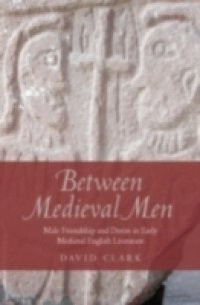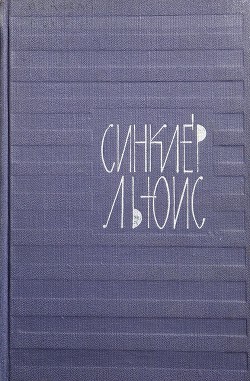Between Medieval Men argues for the importance of synoptically examining the whole range of same-sex relations in the Anglo-Saxon period, revisiting well-known texts and issues (as well as material often considered marginal) from a radically different perspective. The introductory chapters first lay out the premises underlying the book and its critical context, then emphasise the need to avoid modern cultural assumptions about both male-female and male-malerelationships, and underline the paramount place of homosocial bonds in Old English literature. Part II then investigates the construction of and attitudes to same-sex acts and identities in ethnographic, penitential, and theological texts, ranging widely throughout the Old English corpus and drawing onClassical, Medieval Latin, and Old Norse material. Part III expands the focus to homosocial bonds in Old English literature in order to explore the range of associations for same-sex intimacy and their representation in literary texts such as Genesis A, Beowulf, The Battle of Maldon, The Dream of the Rood, The Phoenix, and Ãlfric's Lives of Saints. During the course of the book's argument, David Clark uncovers several under-researched issues and suggests fruitful approaches for their investigation. He concludes that, in omitting to ask certain questions of Anglo-Saxon material, in being too willing to accept the status quo indicated by the extant corpus, in uncritically importing invisible (because normative) heterosexist assumptions in our reading, we risk misrepresenting the diversity and complexity that a more nuanced approach toissues of gender and sexuality suggests may be more genuinely characteristic of the period.



 6 (3)
6 (3) 














